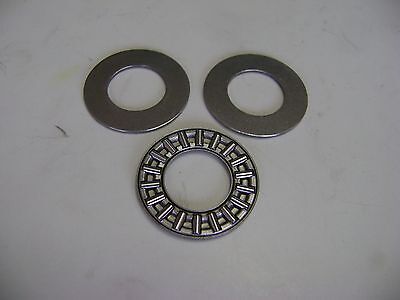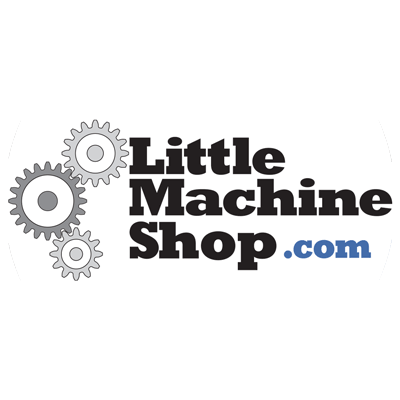- Joined
- May 18, 2020
- Messages
- 15
I have an older Harbor Freight 7x10 mini lathe, model 33684, which I allowed to get rusty and decrepit. I'm now fixing it up and upgrading it with lots of fun stuff from Little Machine Shop: metal gears, quick change tool post, carriage lock and stop, 4" 3-jaw chuck, holder to use a Proxxon tool as a tool post grinder, etc.
When I crank the compound slide inwards, the dial binds against the bracket supporting the lead screw, and it holds still while the screw turns. Looking at how it's designed, I don't see how it could do anything else except by dumb luck. It sure looks to me like the dial serves as one of the thrust bearing surfaces when cranking inwards, with the little spring, crank-to-dial friction, and dial-to-bracket friction all competing over who gets to turn the dial. My cross slide's dial does not seem to be binding like that at the moment.
Am I missing something here, either physically or conceptually? I can imagine that adding a radial thumb screw in the dial to clamp it to the lead screw might make it slightly less awful, but it sure seems to me like the dial shouldn't be playing any role in bearing the feed screw thrust load. I wonder if anybody has re-designed the feed screw thrust bearing scheme to work better.
When I crank the compound slide inwards, the dial binds against the bracket supporting the lead screw, and it holds still while the screw turns. Looking at how it's designed, I don't see how it could do anything else except by dumb luck. It sure looks to me like the dial serves as one of the thrust bearing surfaces when cranking inwards, with the little spring, crank-to-dial friction, and dial-to-bracket friction all competing over who gets to turn the dial. My cross slide's dial does not seem to be binding like that at the moment.
Am I missing something here, either physically or conceptually? I can imagine that adding a radial thumb screw in the dial to clamp it to the lead screw might make it slightly less awful, but it sure seems to me like the dial shouldn't be playing any role in bearing the feed screw thrust load. I wonder if anybody has re-designed the feed screw thrust bearing scheme to work better.



